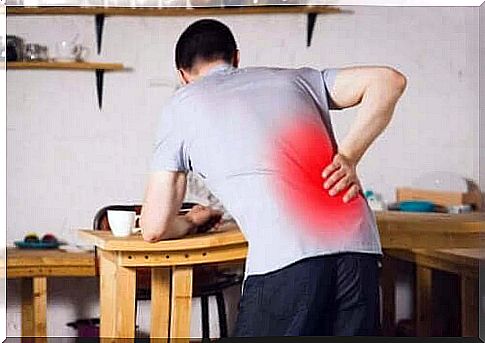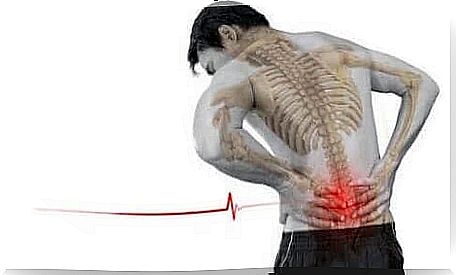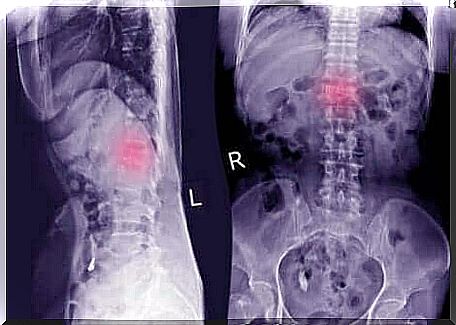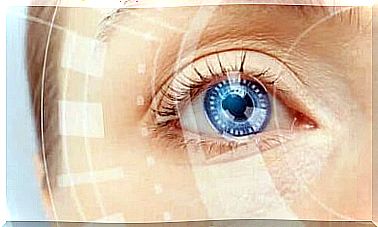Spondylolisthesis – The Most Common Symptoms

Spondylolisthesis is the displacement of the vertebrae along with the entire segment of the vertebrae above forward in relation to the vertebrae below. It usually affects people over the age of 40. The spondylolisthesis can be degenerative, isthmic, or congenital in nature. Currently, the first of them is most often observed.
The term was first used by Dr. Newman in 1963 and there are now different treatments for ailments depending on the severity of the disease, which we will explain at the end of this article.
What is a spondylolisthesis?
Symptoms
The spondylolisthesis usually appears in the lumbar region of the back. There are cases where the problem occurs in the middle of them, but this is not very common.
How can a spondylolisthesis be identified? Despite the fact that the symptoms of ailments vary, it is worth knowing that many patients do not feel any discomfort.

Therefore, the spondylolisthesis sometimes goes unnoticed, it progressively worsens, and many years later it gives more serious symptoms. Let’s take a look at some of the symptoms some people experience with spondylolisthesis.
- Back pain : This is the most common symptom and is similar to the pain of a strained muscle. It’s a sharp pain that spreads down the lower back.
- Lower limb weakness : This can cause you to walk in small steps with your knees slightly bent. In such cases, there is often a feeling of tingling and numbness.
- Tight hamstrings : Another symptom of spondylolisthesis is a feeling of tightness in the back of your thighs. Sometimes it also causes cramps.
- Loss of sphincter control : This is a symptom that occurs in a small number of patients. Due to weakness in the lower extremities, sphincter control may be impaired.
Physical symptoms
The symptoms we mentioned aren’t the only ones that may signal this problem. Here are some other physical symptoms that could be a sign of spondylolisthesis. Some of them are:
- Protruding belly
- The torso appears shorter
- Lower back appears rounded (sagging)
These types of physical symptoms are easy to overlook. However, when you notice them, it is worth going to a doctor who will be able to diagnose the disease after an X-ray.
In some cases, your doctor may order more specific tests, such as a CT scan or MRI. With these additional tests, you can diagnose spondylolisthesis and its possible effects on bones and nerves.
You might be interested in: Lower back pain – How to deal with them and what is behind them?
What complications does spondylolisthesis give

X-rays are the most common technique for diagnosing ailments.
In addition to the symptoms presented above, complications can also arise that sometimes have a serious impact on the quality of life. For example, persistent back pain can lead to a sedentary lifestyle, which in turn contributes to weight gain.
Likewise, inactivity contributes to a loss of muscle flexibility and strength, as well as bone density.
Back stiffness may also appear. However, one of the more serious complications that we should pay attention to is the possibility of permanent damage to the nerve pressed against by the protruding vertebra.
Despite this, there are various treatments. The most conservative option is to undergo physical therapy by strengthening your back and correcting your posture. Some patients require surgical treatment. During the operation, the vertebrae, the extended vertebrae are fixed with screws so that they remain in the correct position.
If you experience discomfort in your back, we recommend that you see your doctor immediately, especially if it happens every day. Likewise, it is important to maintain the correct posture to help you avoid or at least reduce the emergence of these types of problems if they are not congenital.









